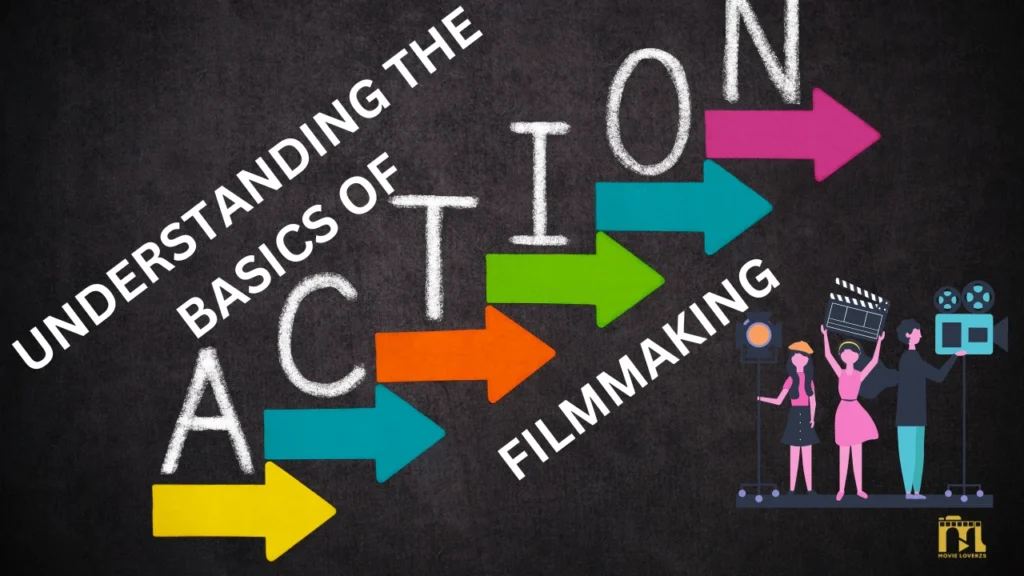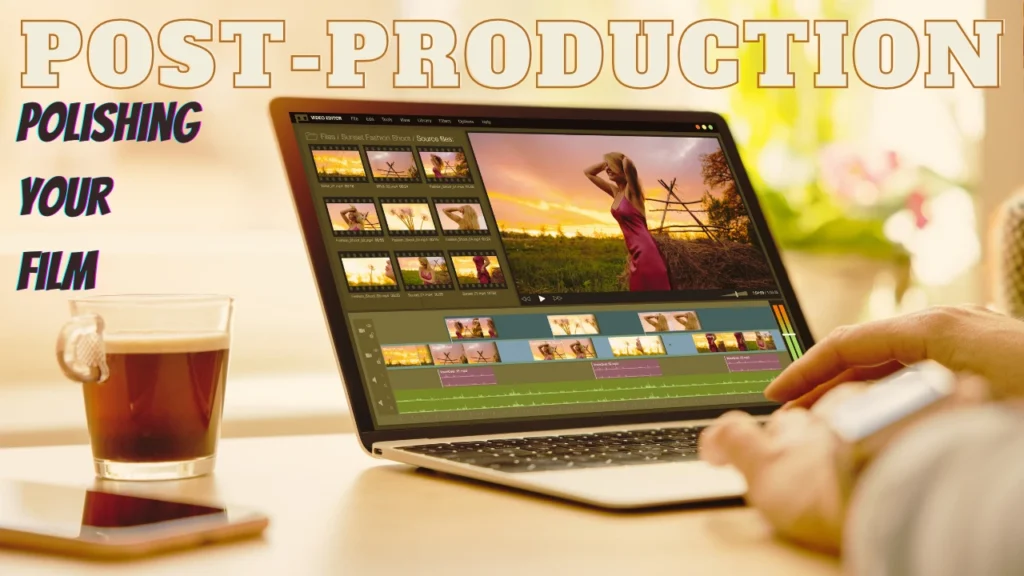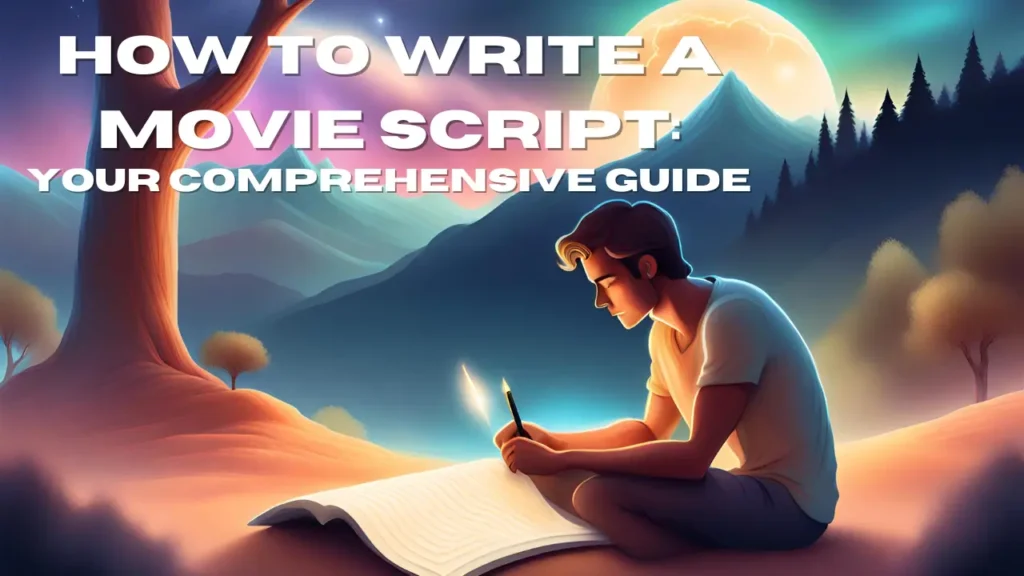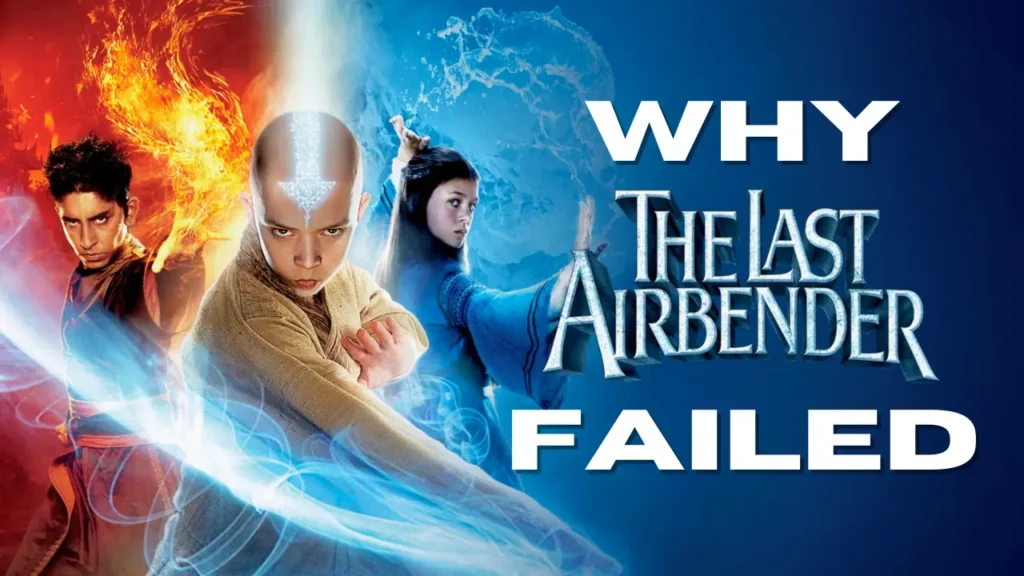Table of Contents
ToggleOh my goodness, action movies are just the BEST, aren’t they?! Hollywood has been churning out heart-pumping, pulse-racing films for decades now. Remember Bruce Lee’s classic martial arts films? And today’s high-octane blockbusters are just as mind-blowing.
Read more about Action films on Wikipedia.
It’s crazy to think about how filmmakers are able to create these epic, jaw-dropping scenes that have us on the edge of our seats!
If you’re someone who’s passionate about making action movies, then you know that creating a story that truly grips your audience is absolutely crucial! It’s the heart and soul of your masterpiece, after all. So why not take a look at my article “Filmmaking 101: The Ultimate Guide to Narrative Filmmaking“? Trust me, it’s packed with all the knowledge and tips you need to craft a truly unforgettable storytelling experience. Whether you’re just starting out or a seasoned pro, this guide is sure to get your creative juices flowing and help you bring your vision to life.
But don’t worry, because, in this ultimate guide to action filmmaking, we’ll uncover all the secrets of crafting a movie that will leave you on the edge of your seat. Are you ready for this?! Let’s go!
Understanding the Basics of Action Filmmaking
Before we dive into the specifics of action filmmaking, it’s important to understand the basics.
Action filmmaking is about creating excitement and drama through visually stunning scenes involving intense physical activity. To create a successful action film, you must master the art of storytelling, camera work, editing, and special effects.

Action filmmaking is a genre of film that typically features fast-paced, high-energy action scenes. These scenes often involve hand-to-hand combat, car chases, explosions, and other intense stunts.
The goal of action filmmaking is to entertain audiences by immersing them in a world of danger and excitement.
The Importance of Storytelling in Action Filmmaking
While action scenes are a key component of action filmmaking, they are not enough to sustain a movie on its own.
A great action movie needs a strong storyline that keeps audiences engaged from beginning to end.
The story should have well-developed characters, a clear narrative arc, and a sense of urgency that drives the action forward.
Pre-Production Planning

Pre-production planning is crucial for any film, but it takes on an even greater importance for action films. You need to create a storyboard that outlines every shot and every action sequence in the film. This will help you obtain an accurate idea of the costs and resources required for your film.
Once the storyboard is complete, find the right location for your film. It will help you set the tone, atmosphere, and backdrop for your action scenes. You’ll also need to hire a skilled stunt coordinator to help you plan and execute your action scenes safely.
Camera Work
Camera work is a crucial element of action filmmaking. The positioning of the camera and the movement of the frame can significantly impact the emotional response of the audience.
You should experiment with different camera angles, such as low-angle shots to make your actors look more powerful, or high-angle shots to make them appear weak.
In addition, you should use a range of camera movements such as pan, tilt, zoom, and tracking shots. When shooting action scenes, use a handheld camera or a Steadicam to capture the fluidity and intensity of the movement.
Post-Production: Bringing the Action to Life

After filming is complete, the real work of creating an action movie begins. This involves editing together the footage, adding special effects, and sound design.
A skilled editor can make or break an action movie, as they are responsible for creating the pacing and rhythm of the film. Sound design is also critical in action movies, as it helps to create a sense of atmosphere and build tension.
Editing
Editing is the final step in creating a compelling action film. It’s where you piece together all of the footage you’ve shot and create a coherent and visually stunning film. Use quick cuts, close-ups, and fast-paced editing techniques to create a sense of urgency and excitement.
In addition, use sound effects to enhance the impact of your action scenes. Foley sound effects such as punches, kicks, and gunshots can help to create a more realistic and immersive experience for the audience.
Special Effects
Special effects are an essential component of any action film. They help to create the illusion of danger and excitement that makes action films so thrilling. You’ll need to use a combination of practical effects and visual effects to create your action scenes.
Practical effects include things like pyrotechnics, stunts, and physical props. Visual effects, on the other hand, are created using computer-generated imagery (CGI). Use these effects sparingly to create the most impact.
The Future of Action Filmmaking

As technology continues to evolve, the possibilities for action filmmaking are endless. CGI and other special effects allow filmmakers to create even more extravagant and spectacular action scenes.
However, it is important to remember that the best action movies are those that balance action with storytelling and character development.
FAQs
What makes a great action movie?
A great action movie needs a strong storyline, well-developed characters, and high-energy action scenes that are emotionally engaging.
How do you choreograph action scenes?
Action scenes are choreographed by working with stunt coordinators and fight choreographers to plan out the movements of the actors and create a safe environment for filming.
What is the role of sound design in action movies?
Sound design is critical in action movies, as it helps to create a sense of atmosphere and build tension. The right sound effects and music can elevate the action scenes and make them even more thrilling.
Can action movies be both entertaining and meaningful?
Absolutely. Some of the best action movies combine thrilling action scenes with meaningful messages about friendship, love, and courage. These movies not only entertain audiences but also leave them with something to think about long after the credits roll.
What is the most important thing to remember when making an action movie?
The most important thing to remember when making an action movie is to balance action with storytelling. While the action scenes are important, they should never overshadow the story or the characters. A great action movie needs a strong narrative and well-developed characters to keep audiences engaged.
Conclusion
Creating a successful action film requires a lot of hard work and skill. By mastering the fundamentals of action filmmaking, pre-production planning, camera work, editing, and special effects, you can create thrilling, edge-of-your-seat action scenes that will keep your audience coming back for more.






